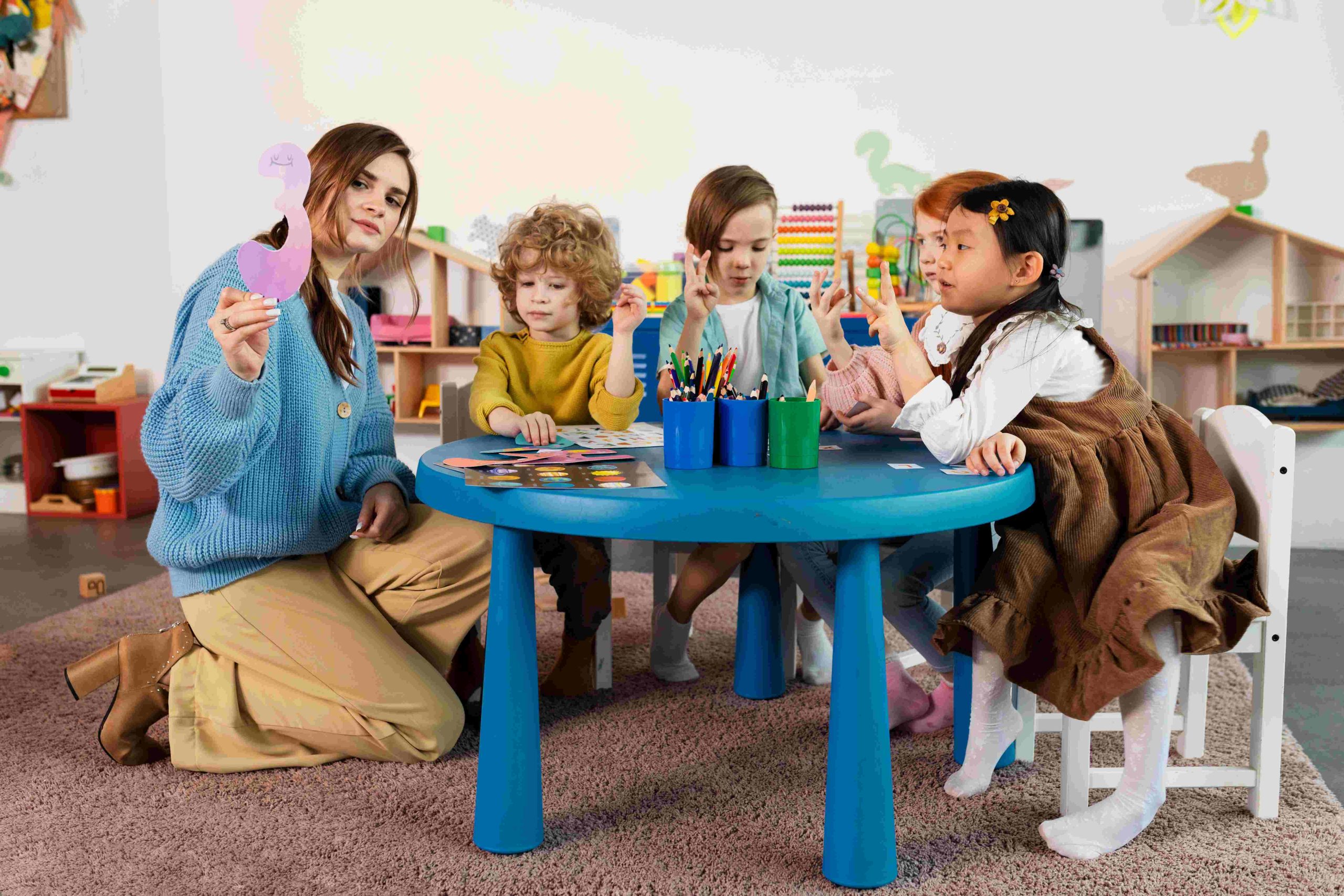
Structuring a Preschool Classroom for Optimal Learning and Development: Key School Functions
As a preschool teacher, creating a conducive classroom environment for young learners is paramount for effective learning and development. A well-structured classroom not only enhances preschoolers’ comfort and confidence but also fosters a positive atmosphere for learning. In this article, we will delve into how to structure a preschool classroom based on key school functions:
1. Classroom Layout and Organisation
The layout of a classroom plays a crucial role in fostering a conducive learning environment. Arrange furniture and learning materials to allow preschoolers to move freely. Designate areas for various activities like reading, playing, and learning, ensuring accessibility and organization.
2. Safety and Security
Preschoolers require a safe and secure environment to explore and learn. Ensure all furniture, materials, and equipment are child-friendly and implement measures to prevent unauthorized exits. Clearly communicate rules and guidelines for preschoolers to follow.
3. Classroom Materials and Resources
Equip your classroom with age-appropriate materials like books, toys, and puzzles to support learning and development. Consider the interests and abilities of your students when selecting resources, and rotate them regularly to keep engagement high.
4. Learning Environment
Create a welcoming and stimulating atmosphere that encourages active participation and engagement. Utilize bright colors, visual aids, and displays of student work to enhance the learning environment.
5. Learning Centers and Stations
Establish designated areas for various activities to promote exploration and independent learning. Clearly label and rotate materials to maintain interest and engagement.
6. Schedule and Routine
Provide a structured routine that includes learning, play, and rest times. Ensure flexibility to accommodate individual needs and preferences.
7. Circle Time
Utilize circle time for group learning activities, songs, and stories. Make it interactive and engaging with props and visual aids.
8. Individualized Learning
Cater to the unique needs and interests of each child with personalized learning opportunities. Provide varied activities and instruction to accommodate different learning styles.
9. Outdoor Learning
Offer opportunities for outdoor exploration and play to promote physical development and environmental awareness.
10. Parental Involvement
Engage parents in their child’s learning journey through regular communication and participation in classroom activities and events.
11. Assessment and Progress Monitoring
Regularly assess students’ progress and adjust instruction accordingly. Communicate assessment results with parents and use them to set goals for future learning.
12. Positive Behavior Management
Promote positive behavior through clear expectations, positive reinforcement, and opportunities for skill-building.
13. Inclusive Practices
Create an inclusive learning environment that respects and values diversity. Provide materials and activities that represent diverse cultures and backgrounds.
14. Professional Development
Engage in ongoing professional development to stay updated with research-based practices and strategies.
Structuring a preschool classroom involves various functions working together to create an optimal learning environment. By considering these key school functions, educators can create a positive and stimulating atmosphere that promotes active participation, engagement, and development in preschoolers.


